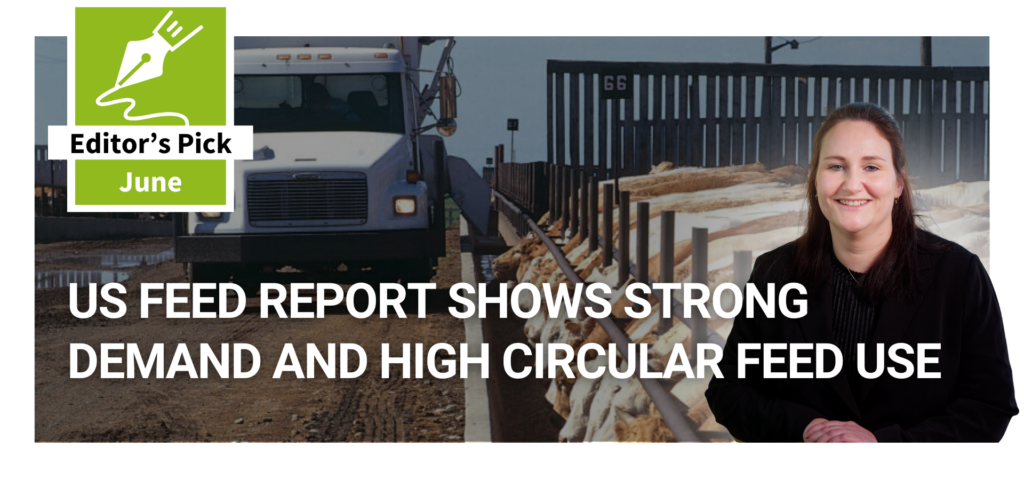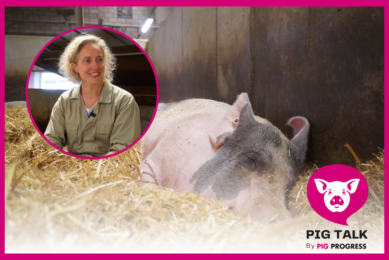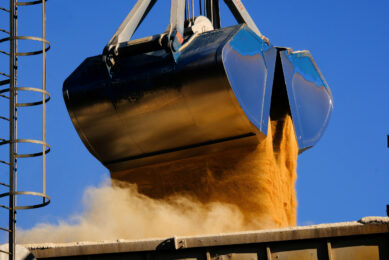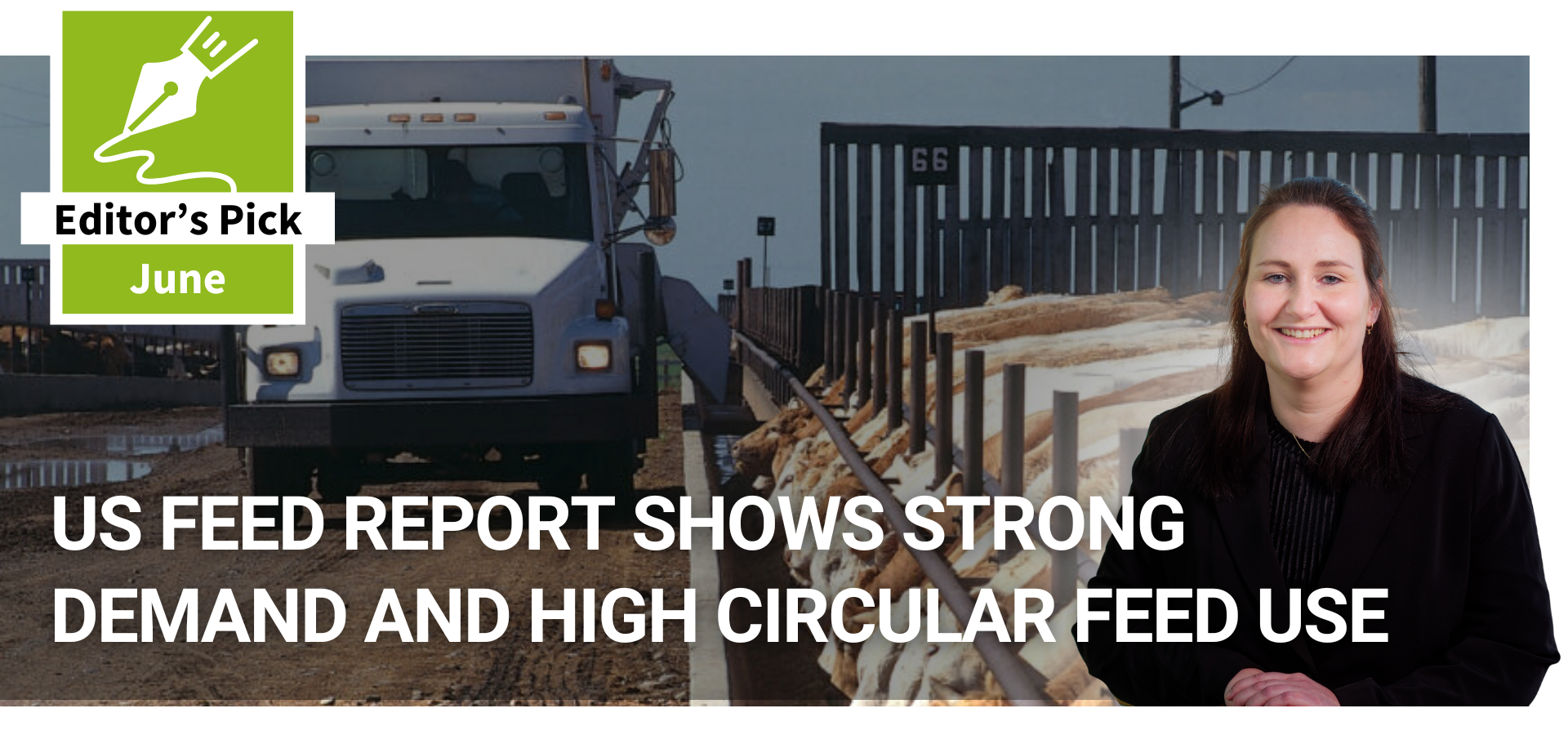Growth performance of pigs fed processed field pea
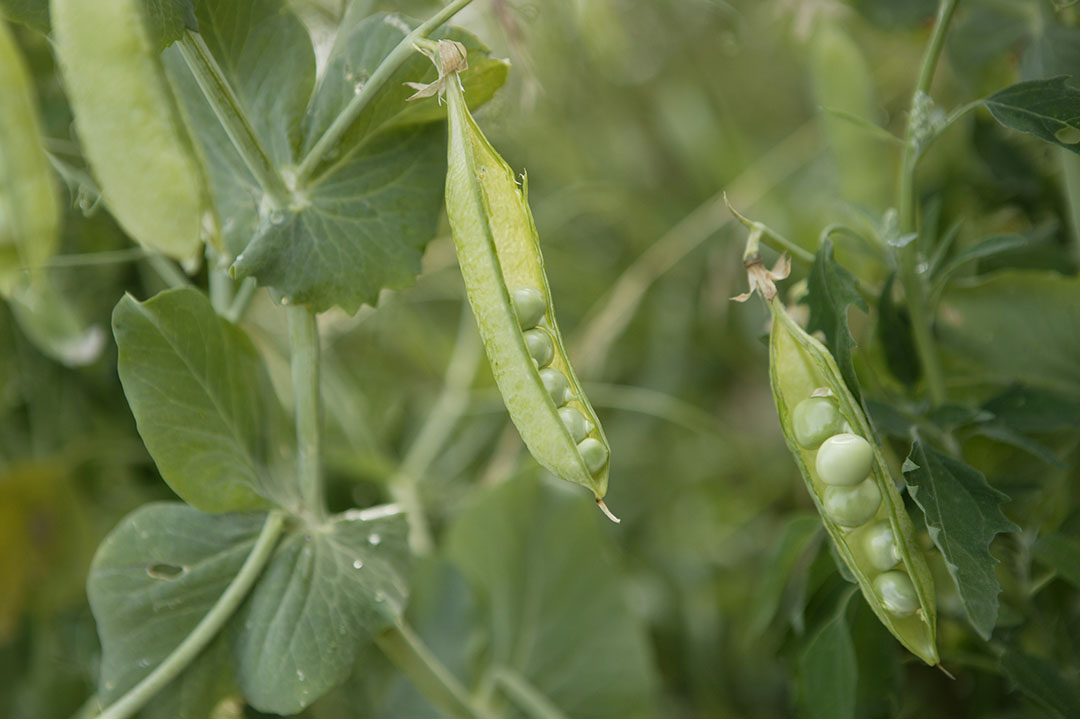
Field pea can be used as an alternative starch and protein source for swine. Scientists from Canada and Germany conducted a study to investigate the growth performance of weaned pigs fed processed field pea.
From the study it appears that weaned pigs fed 400g field pea/kg diet in substitution of soybean meal (SBM) could maintain growth performance.
Different ways of processing field peas
The field pea was processed in different ways to explore the effect of processing. Field peas were ground (4.0-mm sieve), then either cold-pelleted (70–75 °C), steam-pelleted (80–85 °C) or extruded (115 °C) and then re-ground (3.2-mm sieve).
In the study 236 pigs (weaned at 20 days of age) were housed in 60 pens in 4 rooms and fed 1 of 5 diets starting 2 weeks post-weaning [initial body weight (BW): 10 kg] for 3 weeks. The 5 different diets included 400g per kg raw, cold-pelleted, steam-pelleted or extruded field pea replacing 300 g soybean meal (SBM) and 100 g wheat grain and were formulated to provide 10.0 MJ net energy (NE)/kg and 12.1 g standardised ileal digestible lysine/kg.
 Field peas as a protein source for dairy cows
Field peas as a protein source for dairy cows
What is the effect of a partial substitution of soybean meal and corn grain with field peas in dairy cow diets? Researchers carried out some studies.
Results of feeding processed field pea
- The apparent total tract digestibility coefficient (CATTD) of gross energy and crude protein, digestible energy and predicted NE value were lower (P < 0.001) in field pea diets than in SBM diets and were not affected by processing of field pea.
- Overall (day 1–21), average daily feed intake of pigs fed raw or processed field pea diets (853–882 g/day) was greater (P = 0.001) than pigs fed SBM diet (813 g/day). Greater average daily feed intake for field pea diets than SBM diet indicated that pigs compensated for the reduced energy value of field pea diets.
- Average daily gain did not differ between SBM diet and field pea diets, nor did it differ among field pea treatments.
- Feed efficiency was lower (P < 0.001) for pigs fed field pea diets (0.60–0.63) than for pigs fed SBM diet (0.68), but did not differ among field pea treatments.
- BW of pigs fed raw, cold-pelleted, steam-pelleted, extruded field pea and SBM diets were 21.0, 21.1, 21.3, 21.4 and 21.7 kg respectively. Final BW was not affected (P > 0.05) by feeding or processing of field pea.
This study was published in the Journal of Animal Feed Science and Technology



